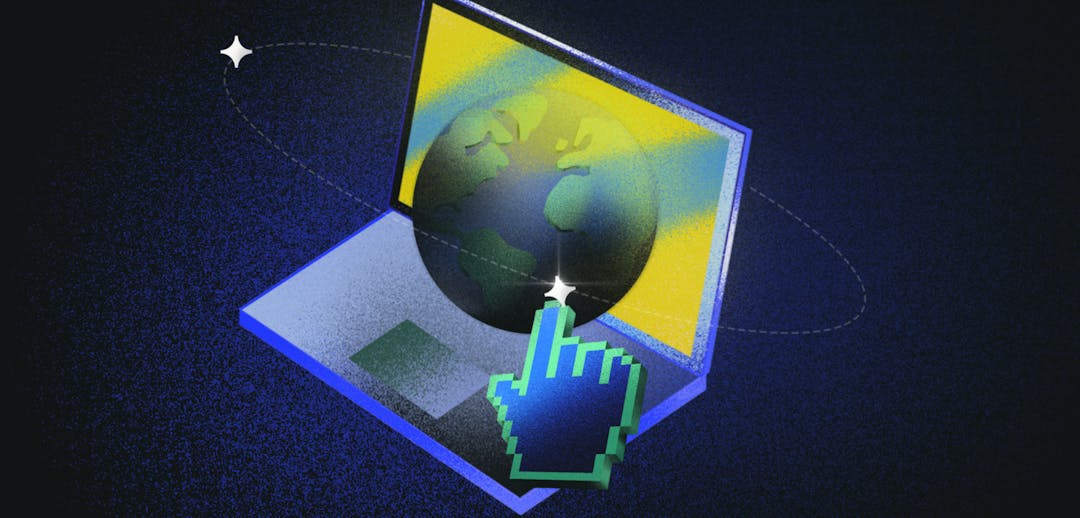The SaaS industry is changing.
Faced with increasing competition and economic uncertainty, SaaS leaders are looking to efficiency and scalability as drivers for success. And this means moving away from the “growth at all costs” mentality that has previously been responsible for rapid, yet unsustainable SaaS growth. Historically, teams have tripled in size, without a real focus on how those people will be onboarded or how the roles may impact the business. Likewise, businesses have expanded internationally, without a real understanding of their product market fit or unique challenges in different regions.
Taking its place is a focus on customer retention and expansion - that is how you keep hold of customers and grow their accounts. Here, the way revenue is delivered becomes even more important than the rate at which you acquire new customers, therefore everything from the initial payment, to subscription management and upsells needs to be seamless.
As market demands change, so too does the revenue delivery competitor landscape as SaaS businesses up their game to keep up. In this article, we’ll take a look at what’s happening and what it means for SaaS.

The shift from “growth at all costs”
Growth at all costs means reacting quickly to new market demands in the moment and worrying about efficiency later.
Need to collect payments online? Find a payment processor.
Need to start offering subscriptions? Implement a subscription management tool.
But then, what happens when you need to change your pricing? Or accept payments in additional currencies? Or collect the right amount of sales tax in the checkout?
How do you make changes across these systems, while adding new tools to manage parts of the process you haven’t had to deal with yet? Either you divert precious engineering resources away from your core product to build out or optimize workflows across your integrations or you maintain the status quo and risk missing out on those potentially lucrative growth opportunities (or getting a call from the tax authorities).
With a shift to efficiency and sustainability, this approach just isn’t enough.
Why? There are simply too many pieces to the puzzle. And it’s less the family jigsaw that you do with your parents at Christmas or that passed the time in lockdown - more the really frustrating kind that you can’t finish because there’s a piece missing (or five).
Think about it, the journey from customer order to company revenue is a long one:
- Pricing and packaging: How you value your product and sell it to your customer.
- Acquisition: How your checkout and payment flow converts prospects into customers.
- Provision: How you deliver your product or service to paying customers.
- Retention: How you manage subscription and recurring billing to keep customers for longer.
- Expansion: How you encourage existing customers to spend more and adapt your product so that you can serve new segments.
- Recognition and reporting: How you use revenue and user data to make data driven decisions about your business’ growth. This requires accurate and reliable data across your core KPIs.
- Compliance: How you stay compliant with financial, sales tax, and payment regulations, everywhere your customers are based – and across all 6 previous stages.
Underpinning all of this – a final but never-ending part of the journey – is the testing and iteration of these processes as you scale, as market requirements change, or regulations are updated.
To get the entire process right, any number of tools are needed, from SaaS payment processing and subscription management to fraud prevention and tax compliance. And they need to work together efficiently in order for businesses to stay responsive to growth opportunities.
To manage revenue delivery effectively, SaaS leaders need to think about it as a strategy, rather than a set of disparate business processes.
How revenue delivery solutions are adapting
For years now, providers that handle a single piece of the revenue delivery puzzle have integrated with others. And this is how SaaS businesses have built their revenue delivery infrastructure. You might have done it yourself and integrated a payment processor like Braintree, with a subscription management tool like Chargebee. The problem with this approach (to go back to my trusted jigsaw analogy) is that it means buying pieces of the same jigsaw from different shops.
In practice, this means that building your revenue delivery infrastructure (completing the puzzle) takes longer, becomes costly and inevitably means you end up either missing pieces or getting so frustrated that you never quite finish it.
The fact that these integrations exist recognizes that these processes and tools need to work as one connected system.
But what’s happening now takes things a step further. Providers that have historically stuck to a “specialist subject” are expanding their product suite – so you can buy all the pieces from the same shop.
One example of this is the evolution of Stripe – from payment processor to revenue platform.
Over the last few years, Stripe has added several new products to its roster, with the full suite now including tools for payments, subscription management, fraud protection, invoicing, and more. Its most recent launch is a tax compliance calculator, Stripe Tax, which comes after its acquisition of tax compliance software TaxJar earlier this year.
Other notable shifts in the space include:
- Vertex’ acquisition of Taxamo to power its tax automation solution
- Chargify’s acquisition of Keen to bring event-based billing into its subscription management platform
- The merger between Chargify and SaaSOptics to consolidate subscription management and financial operations offerings
Why this doesn’t solve the problem for SaaS
While building your infrastructure from parts brought under the umbrella of one company might be easier, you’re still buying each tool separately, and each of those tools were created independently of the others. It still takes a long time to connect these products together, and each one will come with its own cost. And it soon adds up – a cost per transaction for payments, a percentage of revenue for subscription management, a fee for sales tax calculations and another for foreign exchange. Not to mention the resource and costs required to integrate and maintain these separate modules. Additionally, as these tools build out their product suite, it’s likely that you’ll need to integrate with other providers for certain parts of your infrastructure anyway.
This approach doesn’t solve the problem and it’s not set up for SaaS.
The need to connect systems together comes from the fact that many of these providers cater to a number of different business types, across different markets and industries.
It means that there is even more work to ensure these products are fit for modern SaaS execution and it’s the reason there’s always something else to do. Going back to the Stripe Tax example, it does a part of the job by calculating and reporting how much sales tax to charge on transactions. The problem is that this still leaves you with a sizable amount of work to worry about. Registering for sales tax and then filing and remitting the payments still has to be done elsewhere - either by your team, a tax accountant, or another piece of software. Not to mention that you’re also still liable if anything goes wrong. (More on what this means for SaaS businesses, here)
The future = All-in-one revenue delivery platform
As more providers, like Stripe, shift their focus, it’s clear that CEOs are in need of a more unified and scalable revenue delivery solution.
Now, admittedly we are a little biased here but bear with me. The complexities of the SaaS revenue infrastructure are exactly why our Founders started Paddle as a unified, revenue delivery platform. They experienced these issues starting their own SaaS businesses years ago and wanted to help other Founders avoid the same struggles - and focus on their product.
Paddle doesn’t provide the different pieces of your revenue delivery infrastructure, it is your revenue delivery infrastructure. Partnering with us means bringing your payments, subscriptions, tax compliance, fraud protection and more into one platform and one vendor relationship. The whole revenue delivery system and related services are available as standard, rather than as add-on products or feature sets. It means SaaS businesses do not need to incur time and cost building out and maintaining a growing set of tools. Rather, you can be growth-ready through one integration and benefit from the ongoing optimization and enhancements of a dedicated revenue delivery product and engineering team. This model helps SaaS businesses succeed by leaving clunky integrations behind and unlocking revenue delivery as a driver for growth.





